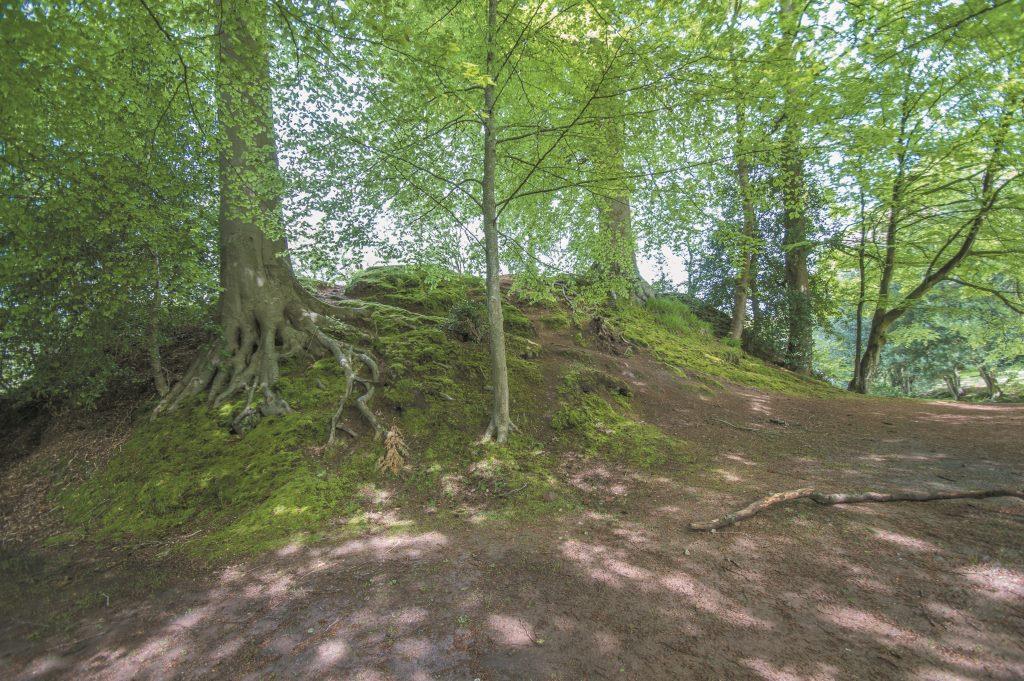Dumfries Castle

Dumfries Castle Details
Dumfries Castle, Castledykes is the earthworks of C12 royal castle repeatedly rebuilt and destroyed C14, abandoned 1357
- Closest To: Dumfries
- Access: Free Public Access
- Grid Reference: NX978747
Dumfries Castle was an important royal castle from the 13th century, the remains of which can be found in Castledykes Park, a public park to the south of Dumfries on the east bank of the River Nith. The original layout of the castle is unknown because of extensive landscaping that predated the opening of the park, but evidence of a large (and truncated) ditched mound can still be seen.
It is likely that the castle of Dumfries occupies an earlier fortification built by the Lords of Galloway or those of Nithsdale, and it is known that the reign of King William saw a slow advance of royal power into the south-west of Scotland, and also the status of Dumfries upgraded to that of a royal borough. Given the complexity of the earthworks and the scale of the park, serious questions have to be asked about the site – which is directly opposite is the impressive Mote of Troqueer, another 12th century castle. The medieval burgh is well to the north. It may be that the castle site, like that of Dingwall, was fortified by the Norse as a longphort in an earlier age, and that the castle only occupied part of the site – perhaps the northern end, where the natural bedrock seems to create a motte of sorts. The castle was occupied by the English in 1290 and again in the Wars of Independence. It was also at Dumfries (although not in the castle) that Robert Bruce murdered John Comyn, triggering his coronation. The castle was probably destroyed by Bruce supporters in 1313 after it surrendered, and there is no evidence that it was brought back into use, and by 1335 the “mote of the castle” was not producing revenue, suggesting that the site may have already been out of use for some time and used for grazing.
Become a supporter of my work to access a more detailed history